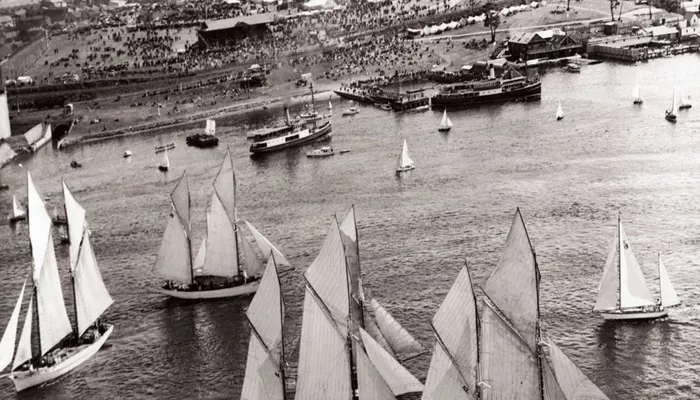January 3 has seen various notable events throughout Australian history, reflecting the country’s cultural, political, and social evolution. This article will explore these events in detail, providing insights into their significance and impact on Australian society.
What Happened on January 3 in Australian History?
1. First Boat Regatta on the Derwent River (1827)
On January 3, 1827, the first boat regatta was held on the Derwent River in Tasmania. This event marked a significant moment in the development of recreational boating and maritime culture in Australia. The regatta showcased various types of boats and attracted participants from different parts of the colony. It not only provided entertainment but also fostered community spirit among settlers.The regatta became an annual tradition, contributing to the social fabric of Tasmanian society. It encouraged local craftsmanship in boat building and sailing skills, which were essential for transportation and fishing in the early days of settlement. The event’s legacy continues today, as regattas remain popular across Australia, celebrating maritime heritage and community engagement.
2. Founding of The Herald (1840)
Another significant event on January 3 occurred in 1840 when George Cavenagh founded The Herald, initially known as The Port Phillip Herald. This newspaper played a crucial role in shaping public opinion and disseminating information during a time of rapid growth in the Port Phillip District (now Victoria).The Herald was instrumental in reporting on local issues, including land sales, immigration, and governance. As one of the earliest newspapers in Victoria, it contributed to the development of a literate society and fostered political discourse among its readers. Over time, The Herald evolved to become a major publication in Melbourne, influencing journalism standards and practices across Australia.
3. Adoption of the State Flag of Western Australia (1870)
On January 3, 1870, Western Australia adopted its state flag. This event symbolized a growing sense of identity and pride among Western Australians as they sought to establish their distinct cultural heritage within the broader Australian federation.The flag features a blue field with a Union Jack in the canton and a yellow “Black Swan” emblem at its center. The Black Swan is a native bird that has become synonymous with Western Australia. The adoption of this flag marked an important step in recognizing Western Australia’s uniqueness while still acknowledging its historical ties to Britain.The flag has undergone several modifications since its adoption but remains a powerful symbol of Western Australian identity today.
4. Installation of Electric Lighting in Adelaide (1900)
January 3, 1900, marked a technological milestone for South Australia with the installation of electric lighting on Adelaide streets. This advancement represented a significant shift from gas lighting to electricity, improving urban infrastructure and public safety.The introduction of electric lighting transformed daily life for residents by extending hours for commerce and social activities. It also paved the way for further technological advancements in public utilities across Australia. The move towards electrification was part of a broader trend during this period where cities began modernizing their infrastructure to accommodate growing populations.
5. Birth of Arthur Mailey (1886)
Arthur Mailey was born on January 3, 1886, in Sydney. He became one of Australia’s most celebrated cricketers, known for his leg-spin bowling technique. Mailey’s contributions to Australian cricket during the early 20th century helped shape the sport’s development in the country.His career spanned from 1909 to 1929, during which he played for New South Wales and represented Australia in Test matches. Mailey’s unique style and skill earned him recognition as one of the leading bowlers of his time. He was also an influential figure off the field as a coach and commentator, contributing to cricket’s popularity in Australia.Mailey’s legacy continues today through his induction into the Australian Cricket Hall of Fame and his influence on future generations of cricketers.
Conclusion
January 3 holds various significant events that have shaped Australia’s history over time. From cultural milestones like regattas and newspaper foundations to critical military engagements during wartime, each event reflects the evolving identity and resilience of Australians throughout their history.These historical moments are not just dates on a calendar; they represent turning points that have influenced social structures, national pride, and international relations within Australia and beyond. Understanding these events provides valuable insights into Australia’s past and helps contextualize its present-day society.
Related Topics:

